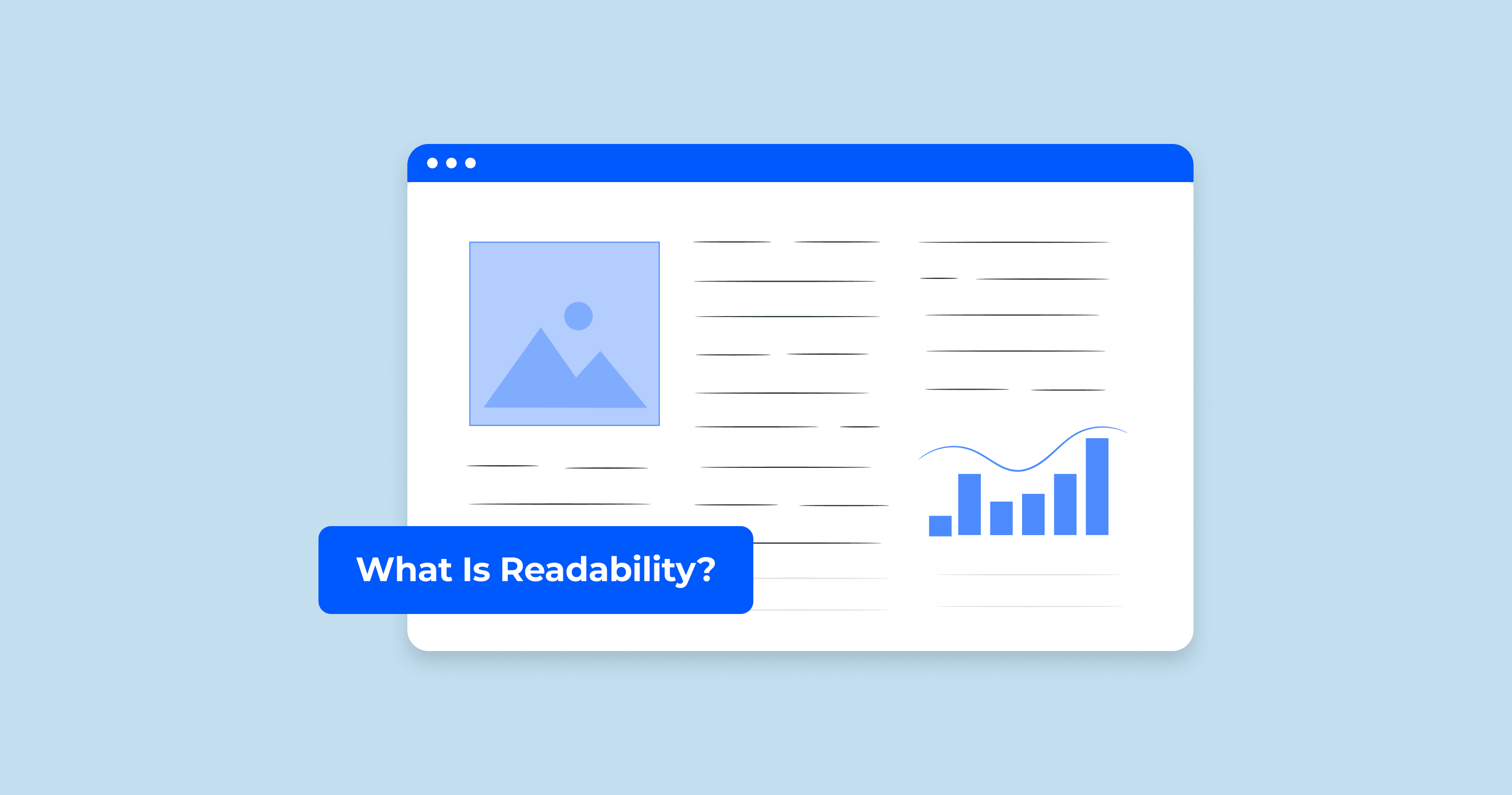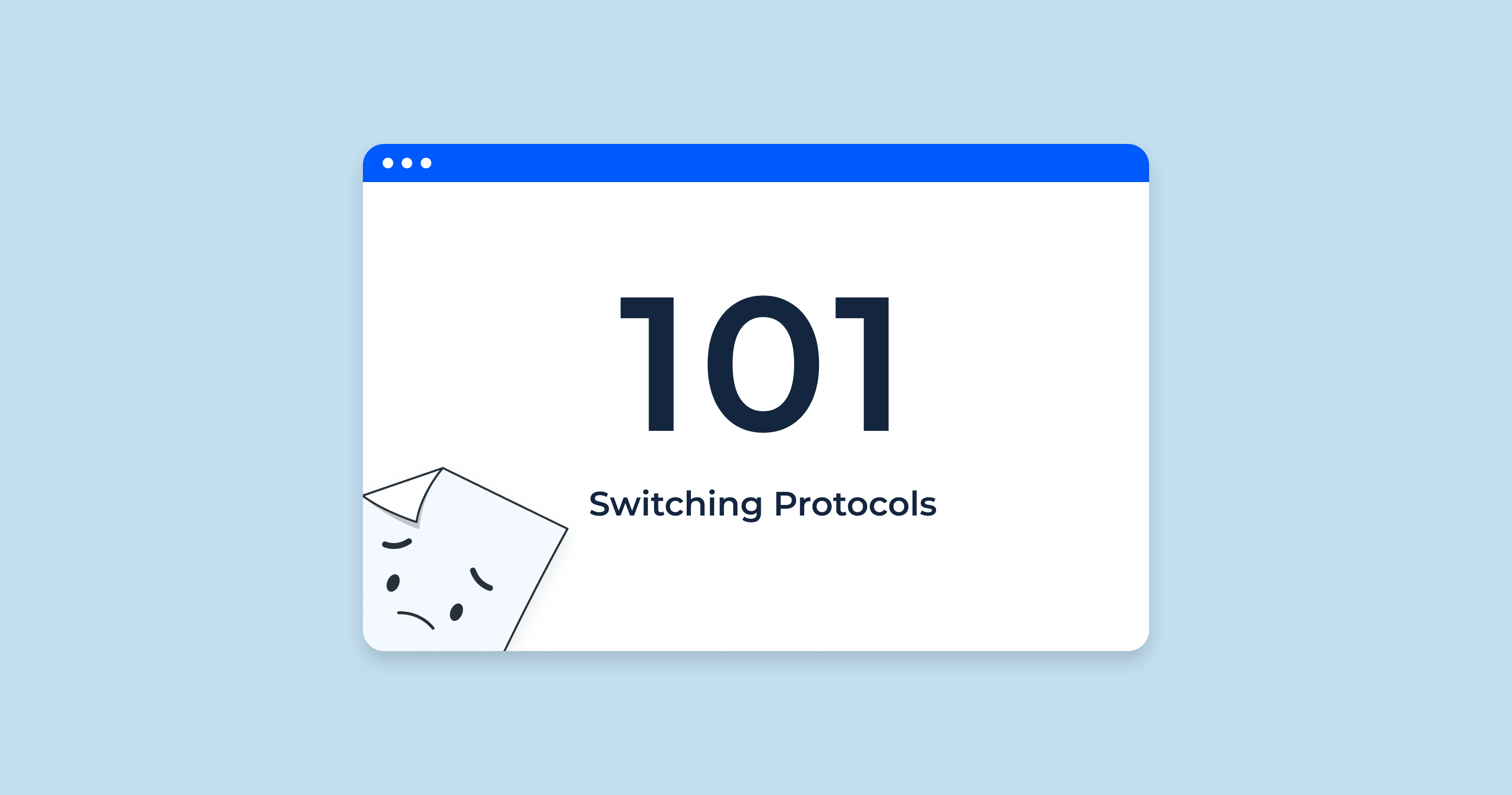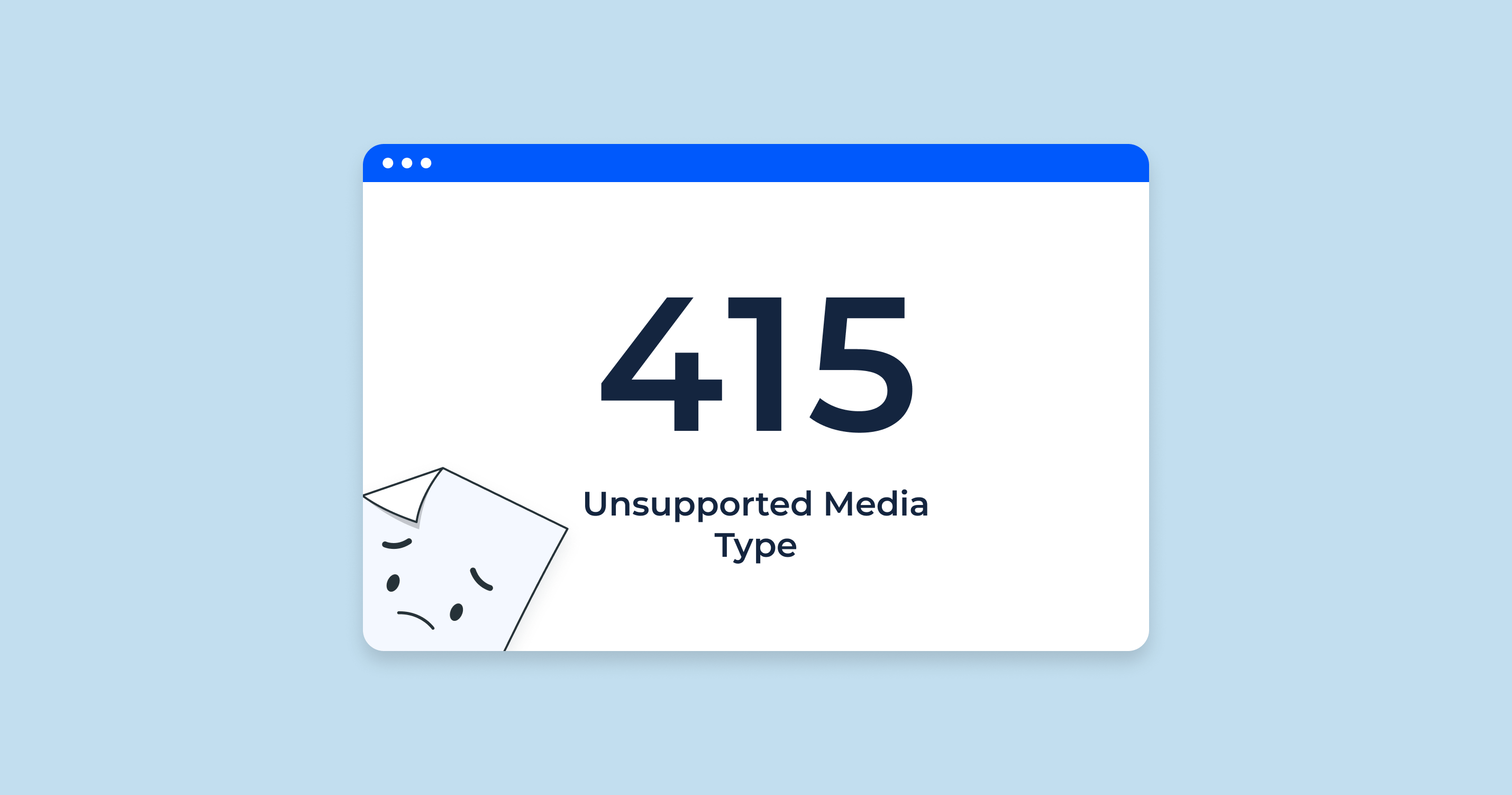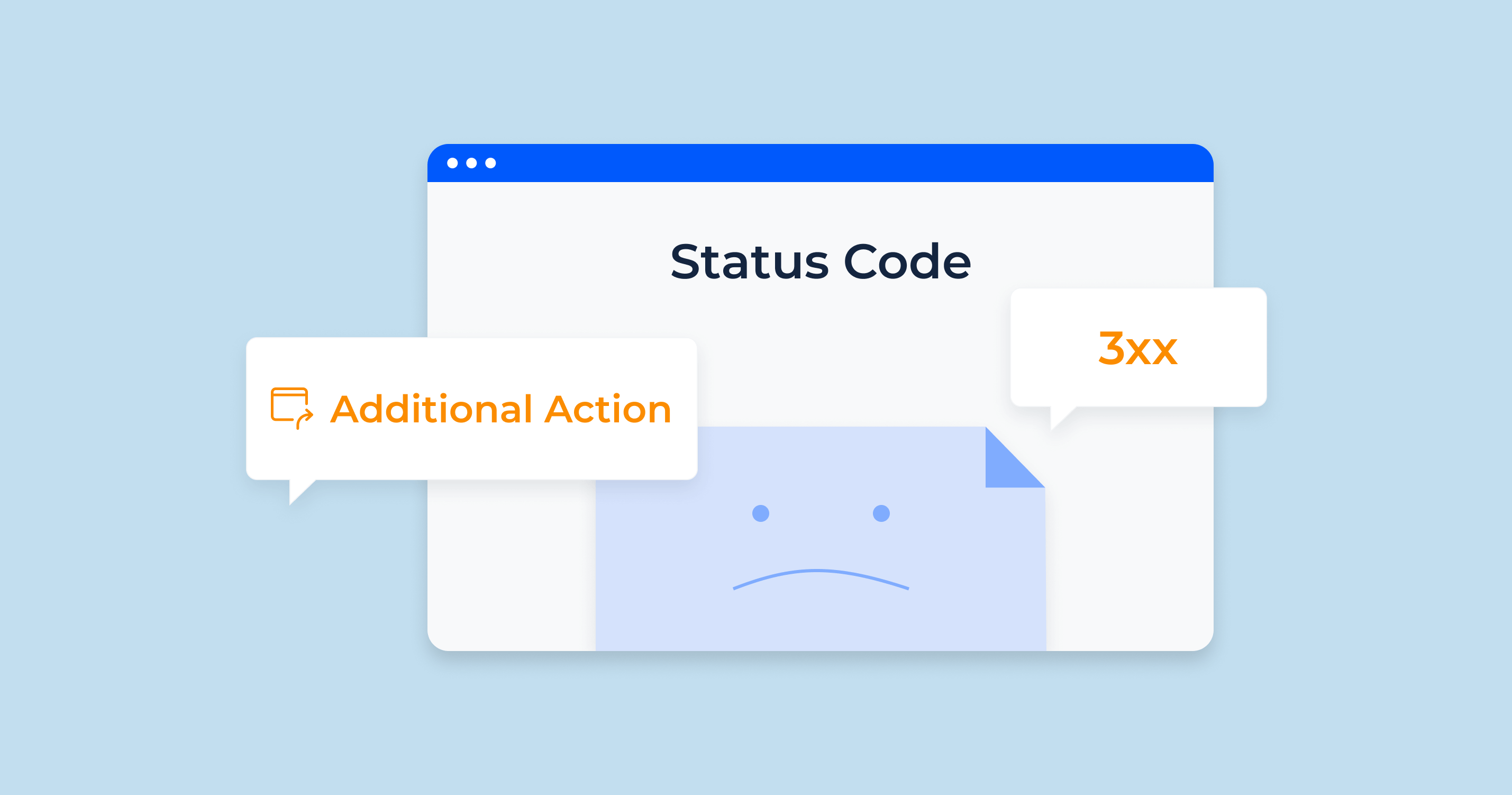Извините, этот техт доступен только в “English”.
Ivan Palii
Marketingexperte
Ivan arbeitet als Produktmarketing-Spezialist bei Sitechecker. Besessen von Analysen und der Entwicklung einer Geschäftsstrategie für SaaS-Produkte. Vollständige Biografie lesen









